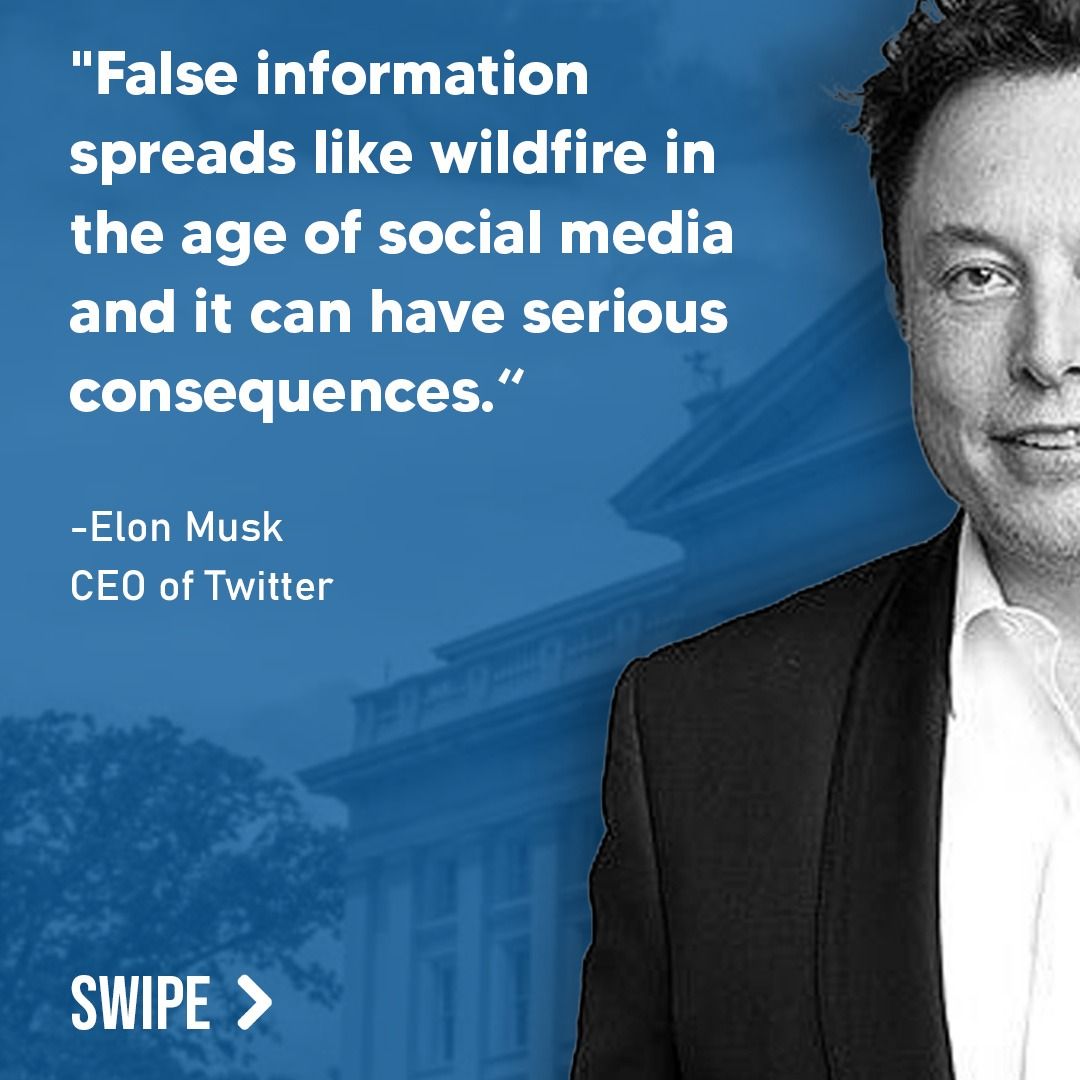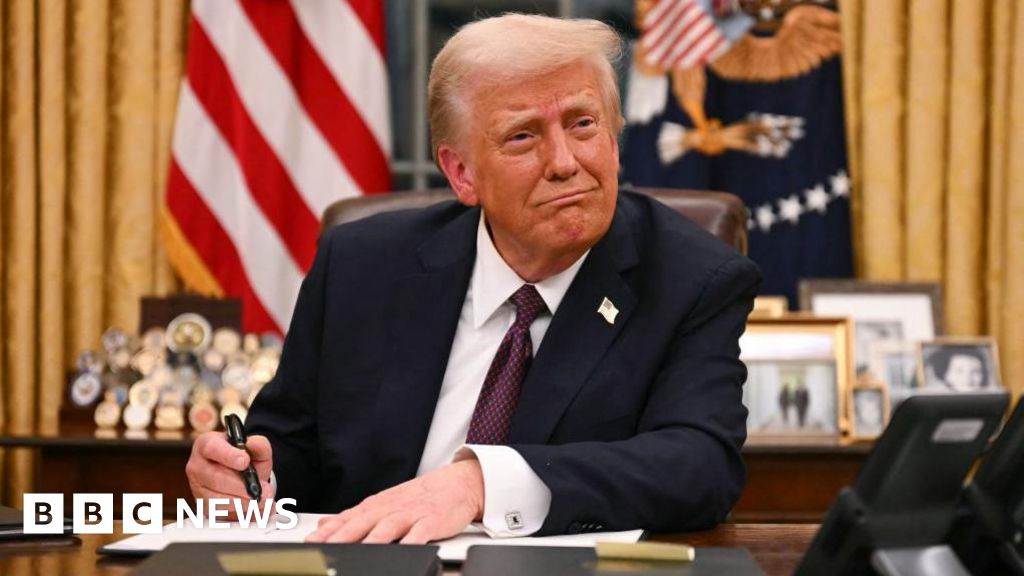
Fact Check Analysis
This fact check was completed following a user-submitted request through the DBUNK platform. Did you know? You too can submit fact check requests for any articles at no cost, and we’ll investigate and publish our findings!
Article Title: President Trump Signs Executive Order Delaying TikTok Ban
Date Published: January 21, 2025
Summary of Analysis
The article published on BBC News presents information about President Trump’s recent executive order to delay a TikTok ban. While some claims in the article are accurate, our investigation uncovered significant areas of misinformation, missing context, and speculative reporting that warrant attention. Let’s dissect the details for transparency and accuracy.
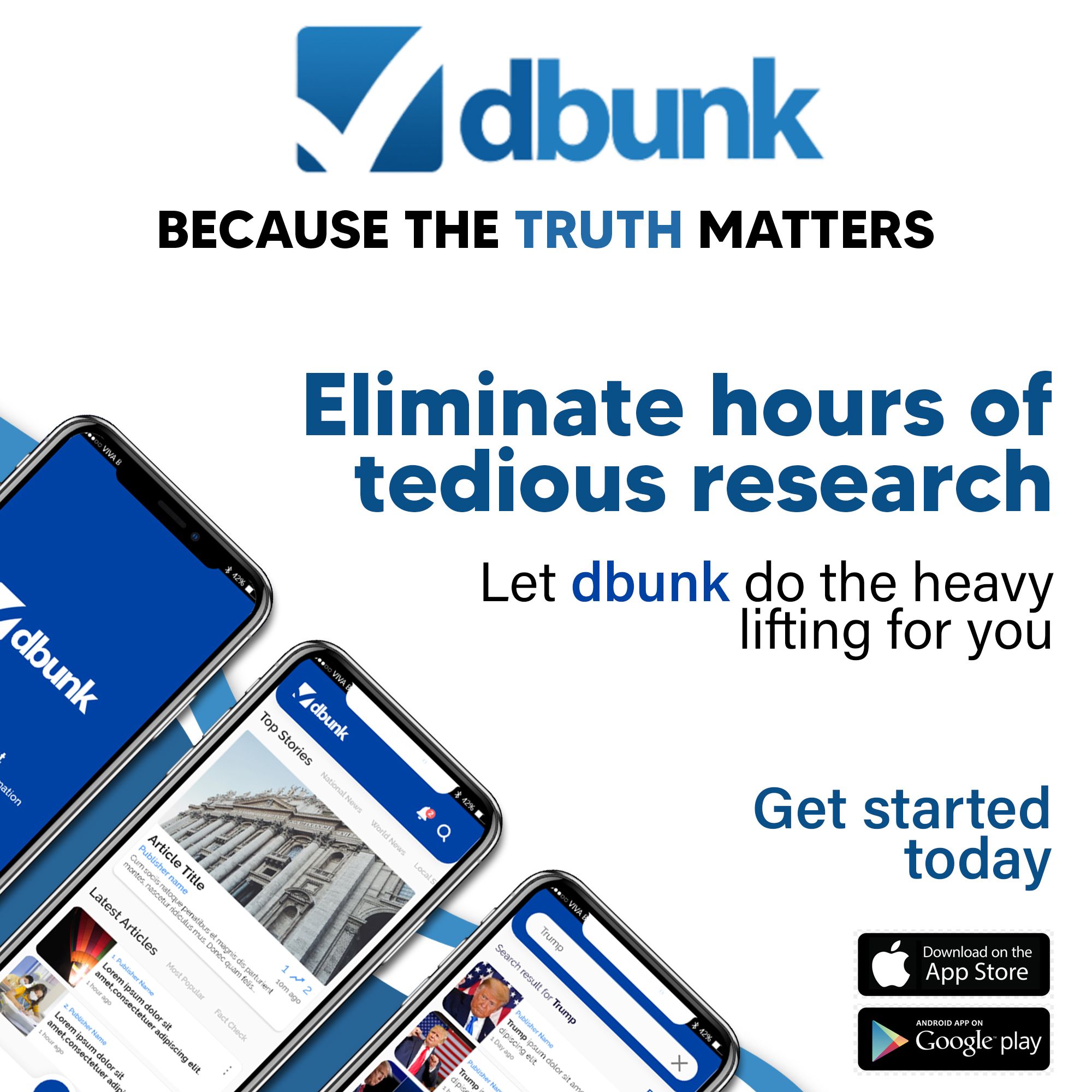
1. Misleading Claim: “TikTok stopped working for American users on Saturday evening.”
The article states that the Chinese-owned TikTok app stopped functioning for users in the U.S. on Saturday evening due to a legal ban. While it’s true that such legislation was passed and upheld, there is no concrete evidence indicating TikTok went offline or became inaccessible during the alleged timeframe. Statements from ByteDance have clarified that services continued uninterrupted, save for the app’s unavailability on Apple’s and Google’s app stores. This discrepancy leads us to flag the claim as misleading and unsupported by verified data.
2. Unsupported Claim: “Trump said, ‘Because I got to use it’ as his reason for reconsidering the ban.”
The article cites this quote as Trump’s explanation for reversing his prior push to ban TikTok. However, recordings or transcripts of Trump’s Oval Office remarks do not corroborate this phrasing or sentiment. Instead, his comments largely focused on national security implications and trade considerations. The lack of source verification or corroboration renders this claim as speculative at best.
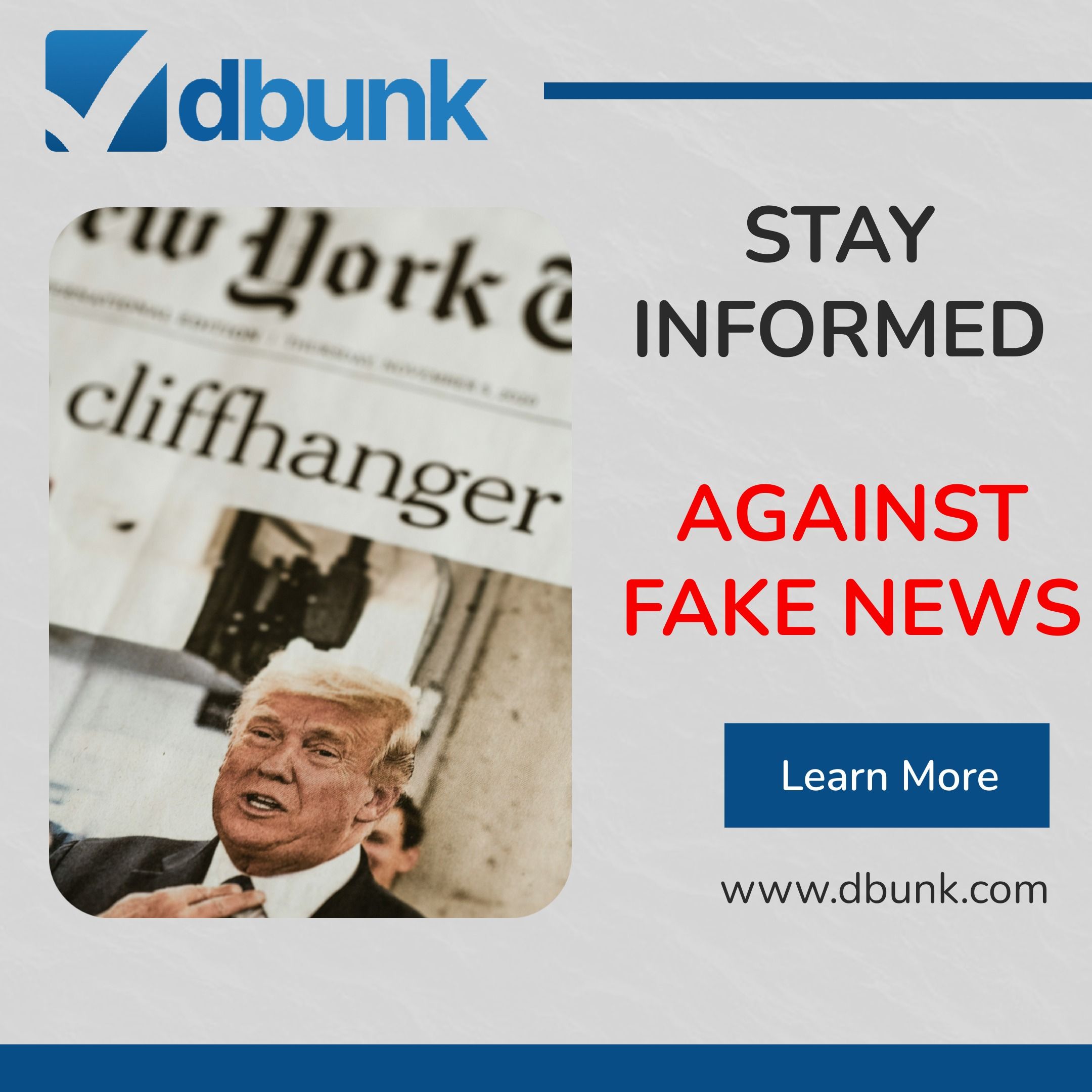
3. Missing Context: Proposed “50-50 Partnership” Between U.S. and ByteDance
The article mentions Trump’s floated idea of creating a 50-50 partnership between the U.S. and ByteDance but provides no explanation or necessary context to help readers evaluate its feasibility or legality. Readers might wonder: Who represents “the United States” in this arrangement? Does it involve government ownership or private U.S. firms? Additionally, such an arrangement could raise concerns about conflicts of interest, legal barriers, and its alignment with U.S. economic policies. The lack of critical detail leaves readers in the dark about how this would work in practice.
4. Speculative Statements About Potential Buyers
The article mentions speculative bids to purchase TikTok from public figures such as MrBeast, Elon Musk, and Kevin O’Leary. While such mentions may spark interest, there is no verified evidence or official announcements to confirm that concrete offers were made. Including these unsubstantiated claims detracts from rigorous reporting and confuses readers about the current state of TikTok’s ownership negotiations.
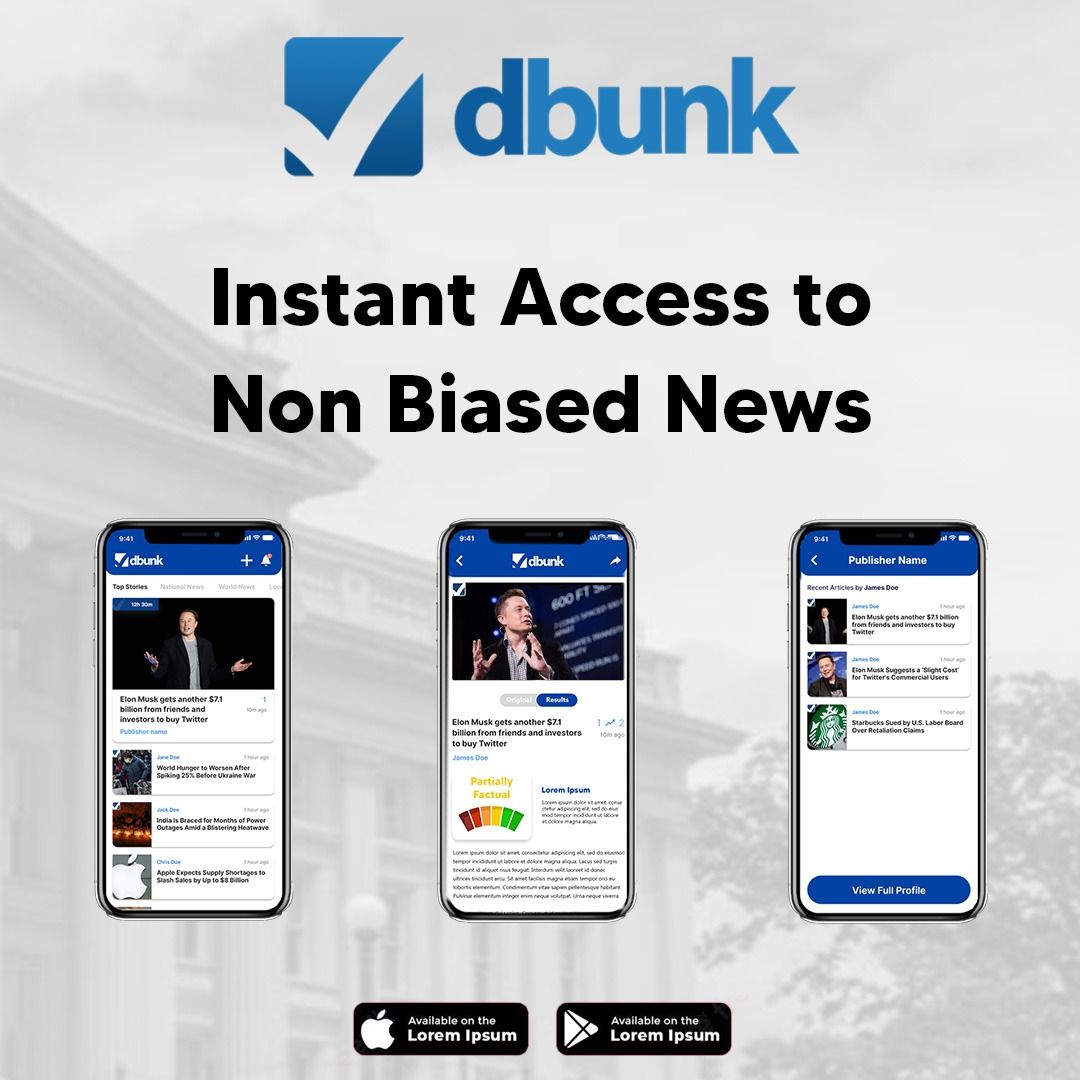
Key Questions Answered
How does a “50-50 partnership” between the U.S. and ByteDance work? Who’s making these decisions?
Clarifying this concept requires examining political, technical, and legal implications. A 50-50 partnership would likely involve establishing a U.S.-based entity controlling TikTok’s U.S. operations while ByteDance retains partial ownership. However, such an arrangement could face immense scrutiny due to national security concerns, conflicts of interest, and political tensions with China. As for who makes these decisions, it’s ultimately a collaborative process involving policymakers, legal experts, and negotiating parties. The article’s failure to provide these touchpoints leaves readers with more questions than answers.
Conclusion
While the article captures key developments in the TikTok saga, it suffers from a lack of thoroughness and includes multiple speculative elements. As a result, casual readers may leave misinformed or uncertain about key details. DBUNK encourages everyone to verify sensitive claims and rely on factual, contextualized reporting to better navigate complex news like this.
The fight against fake news isn’t over. Stay vigilant, informed, and empowered with DBUNK.
